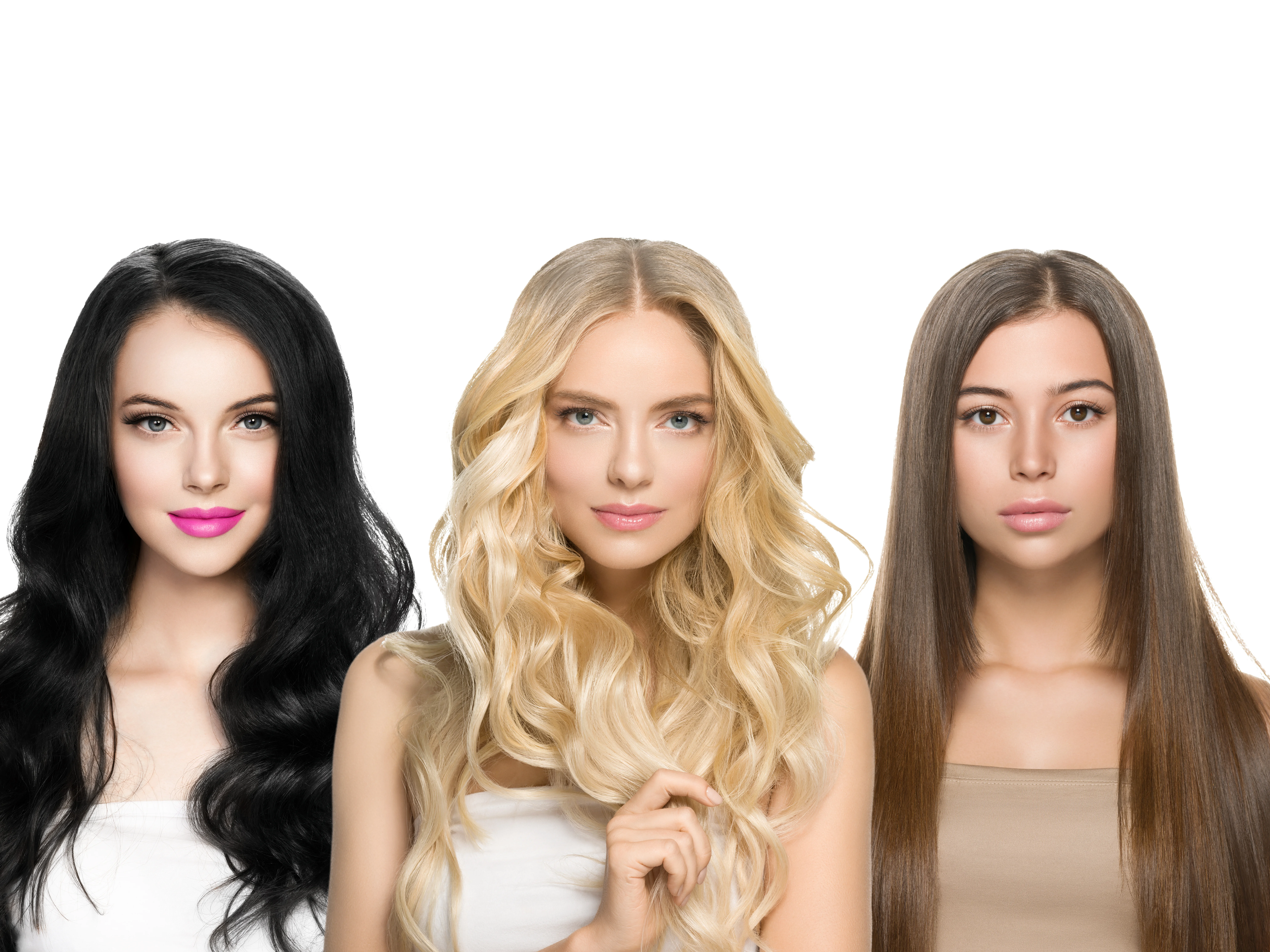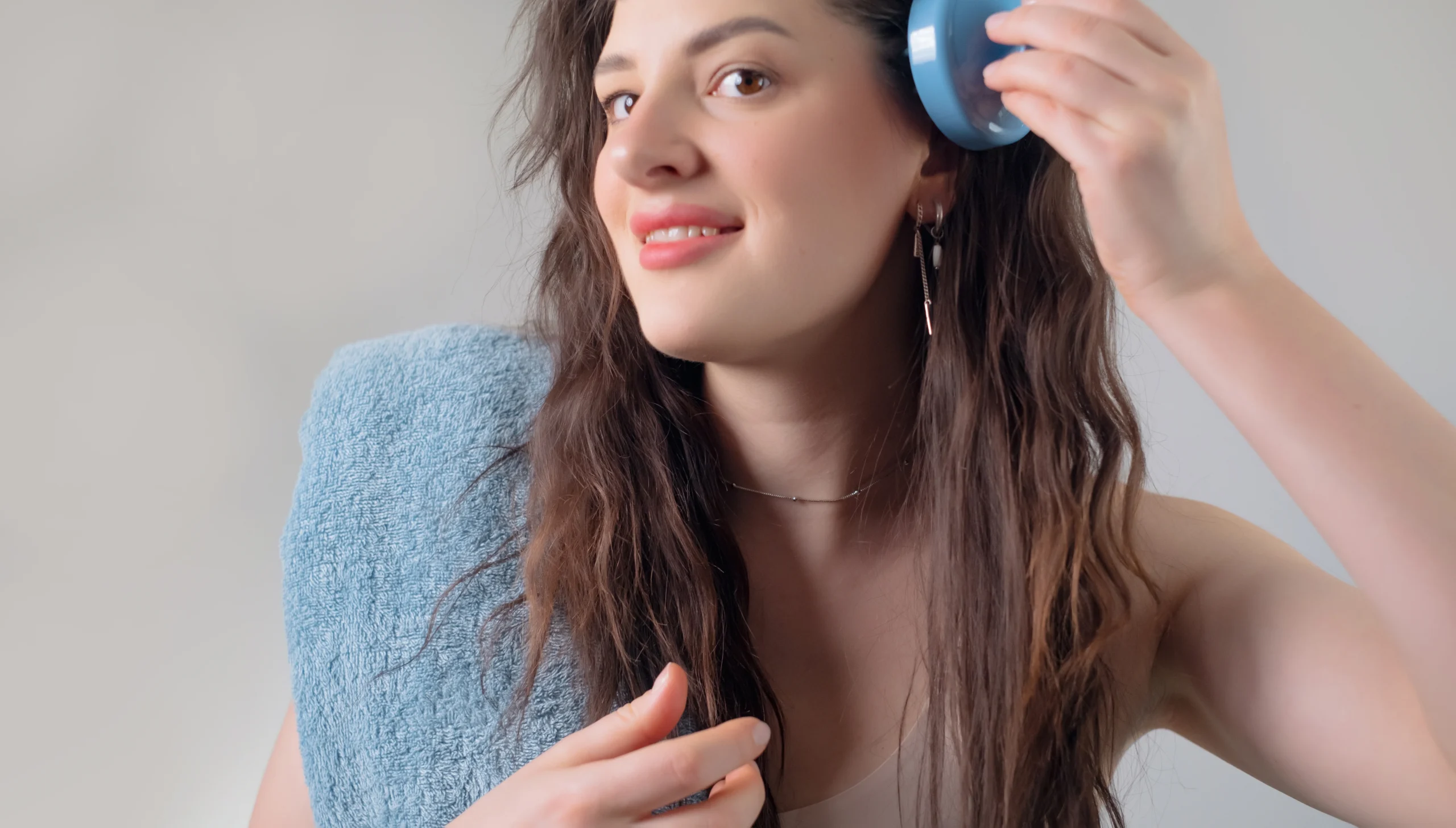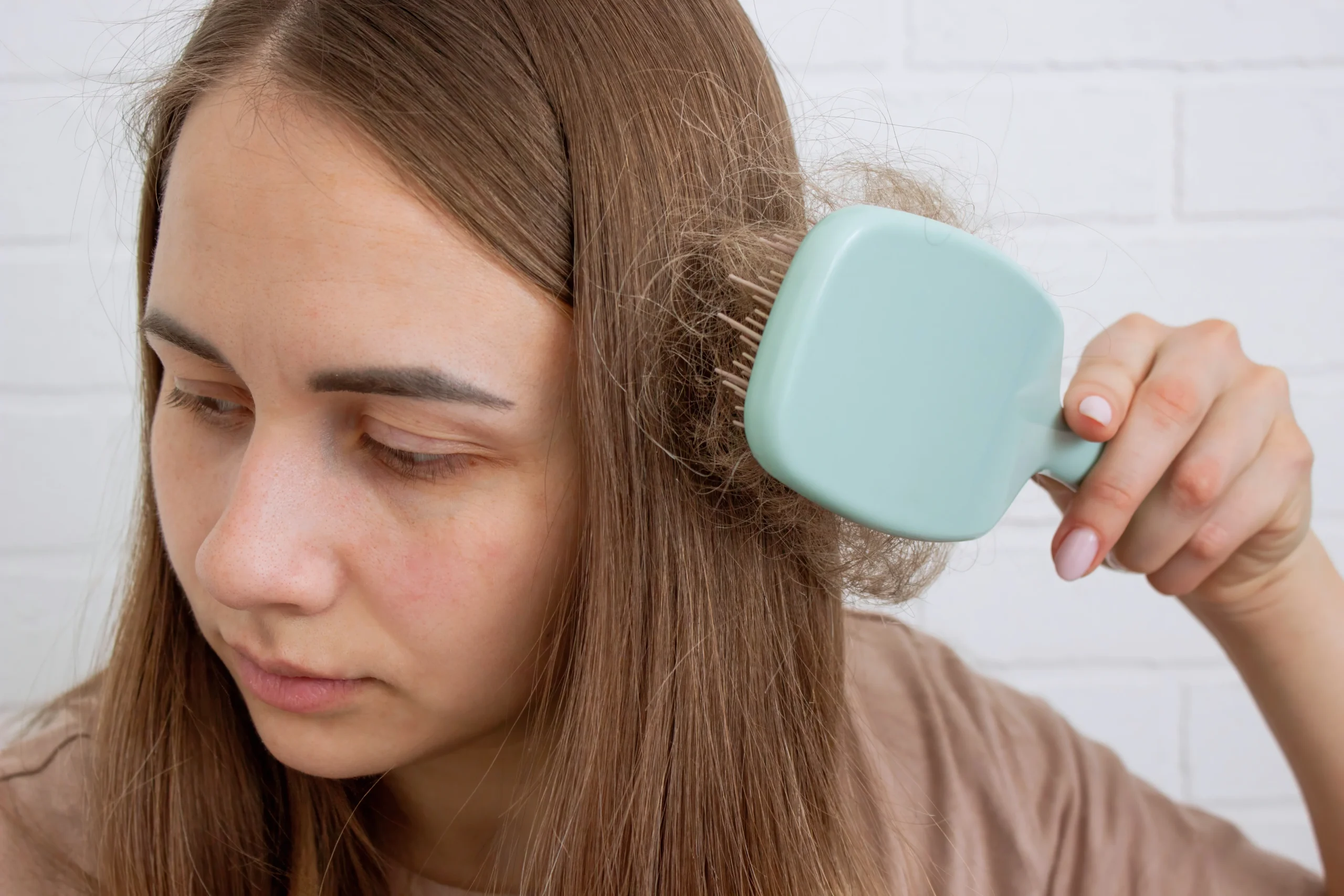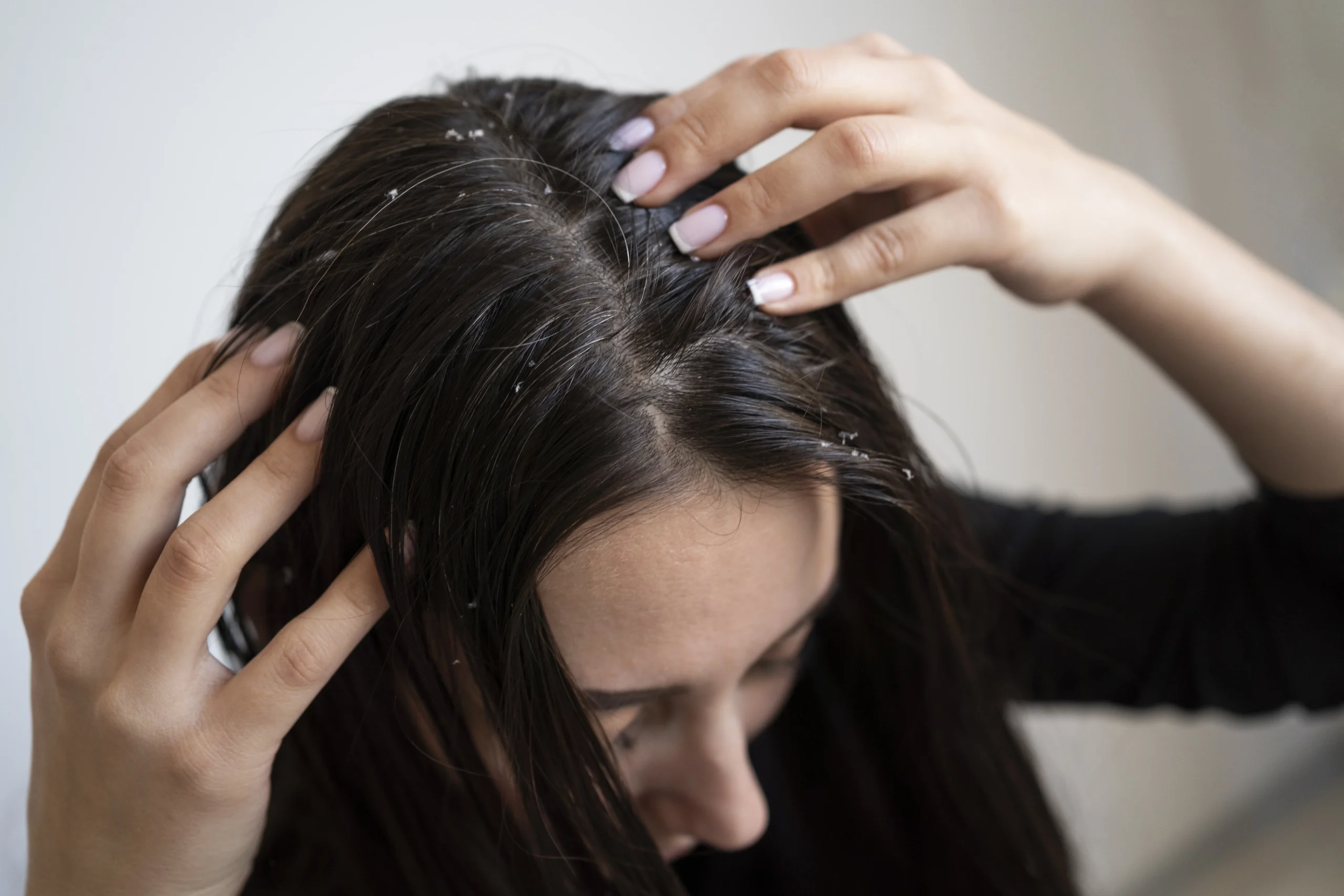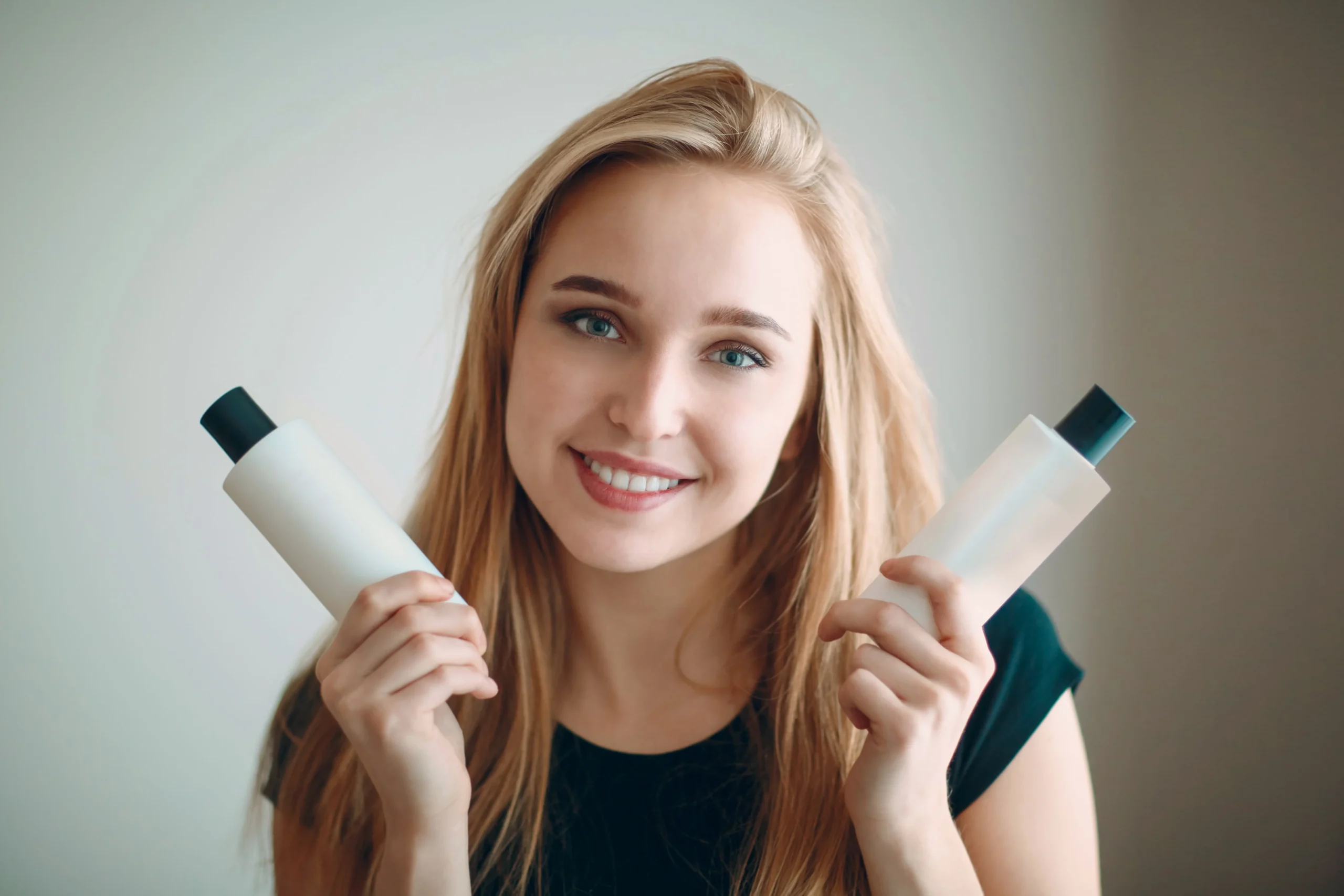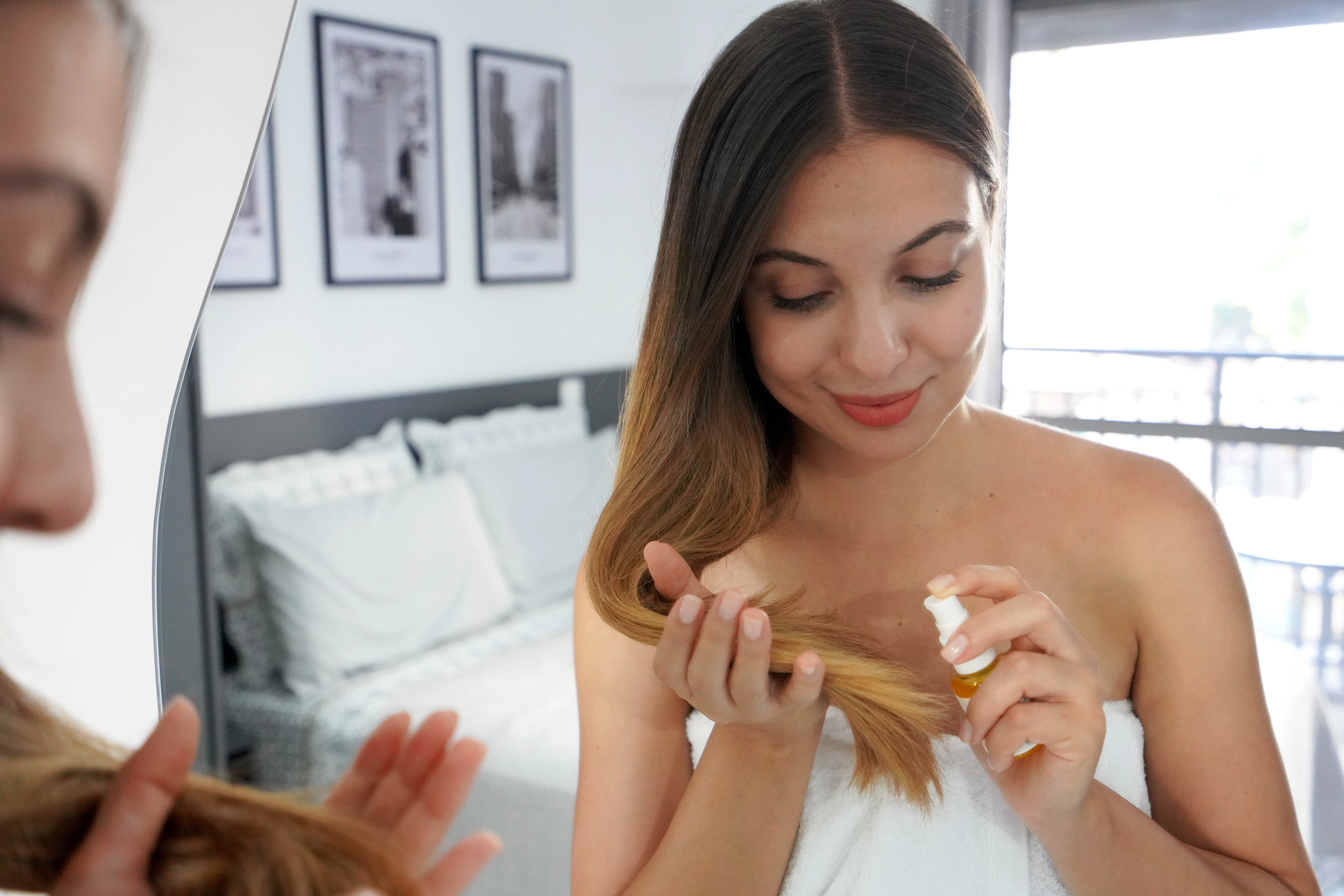The Basics Of Understanding Hair Types
When you ask yourself, “How do I figure out my hair type?”, you take the first step on a personal beauty journey. Determining your hair type isn’t just about understanding whether your hair is straight, wavy, curly, or tight – it’s a way to understand its structure, scientific aspects, and unique character. Each hair type presents different care, challenges, and expressions of beauty. So knowing your hair type is the first step to caring for it properly.
Renowned hairstylist Andre Walker popularized the hair typing system. According to him, hair can be divided into four main categories – straight (Type 1), wavy (Type 2), curly (Type 3), and tight curly or coily (Type 4). However, within these four categories, subtypes, such as 2A, 3B, or 4C, describe more subtle hair characteristics. Once you can identify your exact type, you can easily understand which shampoo, conditioner, or haircut is right for you.
Why Is It Essential To Understand Your Hair Type?
Knowing your hair type is like finding the secret key to hair care. When you understand your hair’s type, you can determine how much moisture it needs, how often it needs to be washed, and what ingredients to avoid. For example, light formulas are best for fine, straight hair, while thick, curly hair needs heavier oil—or butter-based products.
Your hair type plays a crucial role in care and styling. Have you ever wondered why a hairstyle you see on social media doesn’t work for your hair? It’s probably because it’s not right for your texture. Understanding your hair type can save you time, money, and frustration. Most importantly, you’ll be able to embrace your hair’s natural beauty and instead focus on enhancing it.

How Do I Figure Out My Hair Type: Step-By-Step Guide
Step 1: Activate With Clean Hair
Before determining your hair type, you should wash your hair thoroughly to remove all dirt and product residue. Use a gentle, sulfate-free shampoo and let your hair dry naturally without any styling products. This will reveal your hair’s actual shape, texture, and pattern.
Step 2: Observe The Curl Pattern Or Waves
The curl pattern or wave pattern of your hair is a key factor in determining your hair’s actual texture. Stand in front of a mirror and look-is your hair perfectly straight, lightly wavy, springy, or curled in a tight spiral? Straight hair reflects light and stays close to your head, while wavy or curly hair looks more voluminous because of the twists and loops. Coily or tight curly hair tends to grow higher and have a zigzag shape.
Step 3: Check The Hair Texture
Texture refers to the thickness of each strand of hair, not the amount of hair on your head. Rub a strand between your fingers-if it’s barely noticeable, your hair texture is wonderful. If it feels thick and stiff, it’s coarse. Medium texture is somewhere in between. This characteristic determines how much moisture your hair can hold and how it responds to styling.
Step 4: Check Porosity Or Moisture Absorption Capacity
Porosity determines how easily your hair can absorb and retain moisture. Dip a strand of clean hair into a glass of water. If it sinks quickly, your hair has high porosity, meaning the cuticles are open and frizz easily. If it floats, your hair has low porosity, which prevents it from absorbing moisture. Medium-porosity hair absorbs moisture slowly and retains it for a long time.
Step 5: Determine Hair Density
Density refers to the total amount of hair on your head. Look at your hair in front of a mirror. If your scalp is easily visible, your hair is thin. If your scalp is barely visible, it is high-density. Density plays a significant role in determining the volume of your hair and how much product you should use.
Step 6: Notice The Thickness Of Each Hair
Understanding how thick or thin each strand of hair is is essential. Coarse hair can generally handle heat and chemical products better, but it’s prone to dryness. On the other hand, while soft, fine hair can break easily, it must be treated gently and styled with low heat.
Step 7: Identify Your Scalp Type
The health of your hair largely depends on your scalp. A dry scalp can quickly become oily. It is normal if your scalp feels comfortable and balanced even after a few days of washing. Knowing your scalp type will help you decide how often to wash your hair and which shampoo is right.

Common Hair Types Clarified
Type 1: Straight Hair
Type 1 hair is usually smooth, shiny, and flat on the scalp. It tends to get oily quickly because it absorbs oil easily. Light, volumizing products and regular cleansing are the keys to caring for straight hair.
Type 2: Wavy Hair
Wavy hair is somewhere between straight and curly, with some volume but not full curls. It can range from 2A (light waves) to 2C (deep S-shaped waves). Lightly moisturizing and non-greasy products work best for this type of hair.
Type 3: Curly Hair
Curly hair usually has a spiral pattern, which can be small or large. It dries out easily because natural oils cannot reach the roots. Moisturizing creams, diffusers, and low-touch styling help maintain hair definition.
Type 4: Coily Hair
Coily hair is a tight spiral that is soft and fragile on one side. This hair requires a lot of moisture, so it is suitable for deep conditioning and protective styles such as twists or braids. The specialty of coily hair is its extraordinary volume and multi-dimensional styling possibilities.
Hair Care Tips For Individual Hair Types
Once you know, “How do I figure out my hair type?” the next important step is properly caring for it. Every hair type has its own characteristics, rhythm, and personality. The secret to healthy, shiny hair is honoring individuality with the proper routine, products, and methods.
Proper Care For Straight Hair
Straight hair is usually smooth, shiny, and easy to style, but it can quickly become oily or dull. To maintain its natural shine, it’s essential to avoid heavy products.
- Use a mild, sulfate-free shampoo that cleanses hair but doesn’t strip it of its natural oils.
- Use a silicone-free conditioner to keep hair from feeling weighed down.
- Dry shampoo or volumizing mousse can be used to add volume.
- Avoid heavy oil or butter products, which can make hair look flat.
Use low heat when styling and be sure to apply heat protectant spray. Blow-dry with your head tilted down to add volume from the roots. Occasionally, using a clarifying shampoo will help remove product buildup. Regular trimming can help keep straight hair looking sleek and shiny.
Natural Care For Wavy Hair
Wavy hair has a unique, natural texture. It’s easy to manage but also prone to frizz, so maintaining moisture is key for this type of hair.
- Use a light moisturizing shampoo and conditioner with aloe vera, coconut milk, or argan oil.
- Combming your hair with a wide-tooth comb while it’s wet will help prevent breakage and keep your wave pattern intact.
- Scrunch your hair lightly with your hands instead of brushing it when it’s dry, which will help your natural waves stand out more.
- A sea salt spray curl-enhancing mousse will add texture and define your waves.
- Gently blot with a microfiber towel or old T-shirt, rather than rubbing it with a towel.
Using an air-dry or low-heat diffuser maintains the wavy hair pattern beautifully.

Maintaining The Bounce Of Curly Hair
Curly hair has its personality- vibrant, soft, flowing, and very sensitive. So retaining moisture should be your top priority.
- Co-washing is great for your hair because it locks in moisture and keeps it clean.
- Use a sulfate-free shampoo and deep condition your hair once a week.
- Using a leave-in conditioner and styling cream while it’s still wet will seal in moisture.
- You can use the praying hands or finger-coiling technique to define curls.
- Avoid brushing, and instead gently detangle with your fingers or a wide-tooth comb.
- Wearing a silk scarf or a satin pillowcase at night can help reduce friction and frizz.
Balance Of Moisture And Care For Coily Hair
Curly hair’s tight spiral or coil shape makes it look beautiful, but it is the most fragile type. Its paramount necessity is moisture.
- Applying products using the LOC (Leave-in, Oil, Cream) or LCO (Leave-in, Cream, Oil) method can help lock in moisture for longer.
- Shea butter, castor, and avocado oil are great for curly hair.
- Use plenty of conditioner when detangling, and gently detangle with your fingers.
- Protective styles like twists, braids, or bantu knots reduce hair breakage and require less manipulation.
- Deep conditioning once a week and wearing a satin bonnet at night will help maintain hair elasticity.
Remember, hydration is the heart of coily hair care.
Hair Type Vs. Hair Texture: What’s The Difference?
When many ask, “How do I figure out my hair type?” they often confuse hair type and texture. But in fact, the two are not the same. Hair type refers to your curl pattern – straight, wavy, curly, or coily? Texture, on the other hand, is the thickness or fineness of each hair strand. Just as you can have fine, curly hair, you can also have thick, wavy hair. Understanding these two aspects together will help you choose products that meet your hair’s needs.
Hair texture affects how it reacts to humidity, heat, or chemicals. Fine hair tends to get oily easily, while coarse hair tends to be dry. Medium-textured hair is the most balanced- it holds style easily and is relatively resilient. Understanding this difference allows you to care for your hair based on its true qualities, not just appearance.
Break Down Misconceptions About Hair Structure
There are many common misconceptions about hair, one of which is that “thicker hair is healthier.” In fact, fine hair can be very healthy – it’s just softer and more sensitive. Another misconception is that thick hair doesn’t need moisture. In fact, thick hair has a slightly open cuticle, which makes it easier to lose moisture and become dry. Finally, many believe certain products can permanently change their hair’s texture. But in reality, while various treatments can temporarily change how your hair looks, your genetic makeup determines your hair pattern.

The Role Of Genetics In Determining Hair Type
Our hair type is deeply genetically determined. Your ancestry and genetics determine the shape of your hair follicles, determining whether your hair will be straight, wavy, or curly.
- Round Follicle → Straight Hair
- Oval Follicle → Wavy Hair
- Elliptical Follicle → Curly Hair
Genes influence hair color, thickness, and texture. However, environmental changes, hormones, and age can gradually alter hair behavior. That’s why some people notice their curls loosen or their texture changes after pregnancy, menopause, or health changes. This knowledge can help you adapt your routine without feeling discouraged.
Does Hair Type Change Over Time?
While your genetic code is immutable, hair behavior can change over time. Hormones, stress, diet, and climate affect hair’s pattern and texture. For example, some people find their curls looser in humid weather. In contrast, others find their hair relatively straight after prolonged heat styling. So it’s smart to adopt a flexible hair care routine – no matter how your hair changes, it continually stays nourished and shiny.
How To Create A Hair Care Routine According To Your Hair Type
Now that you know “How do I figure out my hair type?” It’s time to create an effective hair care routine based on that knowledge. The basic rule is simple: listen to your hair. Your hair’s texture, density, and pattern will tell you what it needs.
Customizing Routines According To Hair Type
Start cleansing your hair according to your scalp type.
- If your scalp is oily, you need to wash it regularly.
- And if it’s dry, it’s best to go longer between washes.
Use conditioner after every shampoo, especially on the mid-lengths and ends of your hair. Deep conditioning once a week restores moisture and elasticity.
Use a leave-in conditioner or serum according to your hair’s needs-
- Volume-boosting products for fine hair.
- Smoothing products for frizzy hair.
- Deep moisturizing ingredients for dry hair.
Limit heat use, and always use a heat protectant spray. Regular trimming prevents split ends and promotes healthy hair growth.
It is also essential to change your routine according to the seasons.
- Use UV protection and anti-humidity products in the summer.
- Use heavy creams or oils in the winter to maintain moisture.
Your hair is like a living system – it will stay shiny and vibrant only when it receives care, balance, and attention.
Common Mistakes In Determining Hair Type
Many people misidentify their hair type due to product residue, over-styling, or visual perception. For example, hair weighed down with conditioner may appear straight but wavy when clean. Similarly, curly hair that has been brushed dry may appear frizzy, which can mask its actual curl pattern.
Before determining your hair type, take a break from chemical treatments or heat styling. Returning your hair to its natural state will give you the best results. Another common mistake is relying too much on online hair type charts. Hair types are a guide, not a rule. Many people have multiple textures on their heads, like 3B curls in the front and 3C coils in the back. Your goal should be to understand your hair type, not to categorize it into one.
Tips To Avoid Confusion About Hair
Always test on immaculate, product-free hair. Observe your curl pattern when wet and when dry—it changes often. See how your hair reacts to humidity, water, and products. Most importantly, be patient. Understanding your hair type isn’t possible in a day; it may take several washes and observations to determine accurately.
Discover More Articles On Makeup And Beauty Here

Final Thoughts On How Do I Figure Out My Hair Type
“How do I figure out my hair type?” This question isn’t just a beauty curiosity; it’s a journey of self-awareness and self-discovery. Every hair on your head tells a story about your genetics, lifestyle, and grooming habits. Once you understand your hair type, you’ll know which products or routines will work for you without unnecessary experimentation.
Understanding your curl pattern, porosity, and texture will help you create a customized hair routine to enhance your hair into a particular shape; it’s about bringing out your hair’s natural characteristics. Whether your hair is straight, wavy, curly, or coily, each type has magnificence and strength.
It’s normal for your hair to change texture with time, age, hormones, or lifestyle changes. The most important thing is to be in tune with your hair. Please pay attention to how it feels after washing, reacts to humid weather, or behaves with different elements. This awareness will help you be patient and caring with your hair.
Knowing your hair type is ultimately about building a long-term relationship with your natural beauty. When you love your actual texture and take proper care of it, your hair will be healthier, shinier, and more confident. Remember, you don’t need to fix” your hair: just understand and care for it.

